@sonsofodin @rambonio
when was the first case in the United States?
according to the sources that the coronavirus was in the USA Dec 2019/Jan 2020
Under a microscope, coronaviruses appear with crown shapes.
Thus, the name. Moreover, these RNA viruses are enveloped and positive-stranded in Nidovirales order.
The most prominent symptoms of coronaviruses are respiratory symptoms.
Alongside it is breathing difficulties, cough, fever, and shortness of breath. However, severe cases could eventually lead to pneumonia, kidney failure, severe acute respiratory syndrome, and worst, death.
Respiratory droplets carry human coronaviruses from an infected person to people nearby.

 300w,
300w, 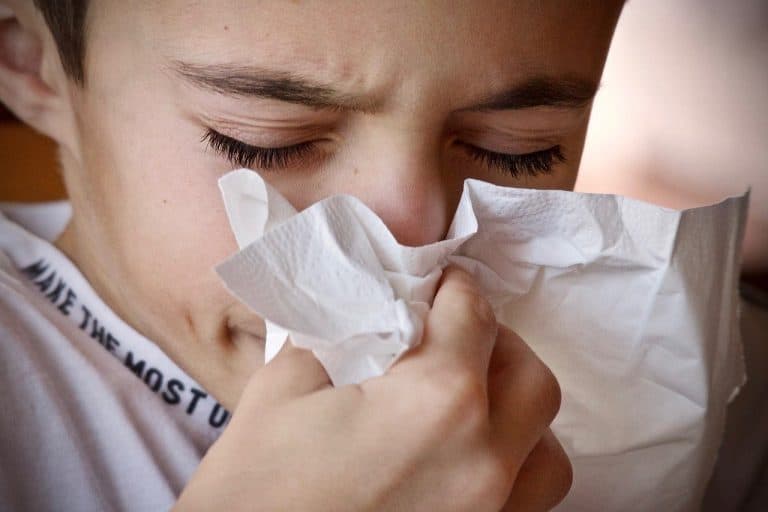 768w,
768w, 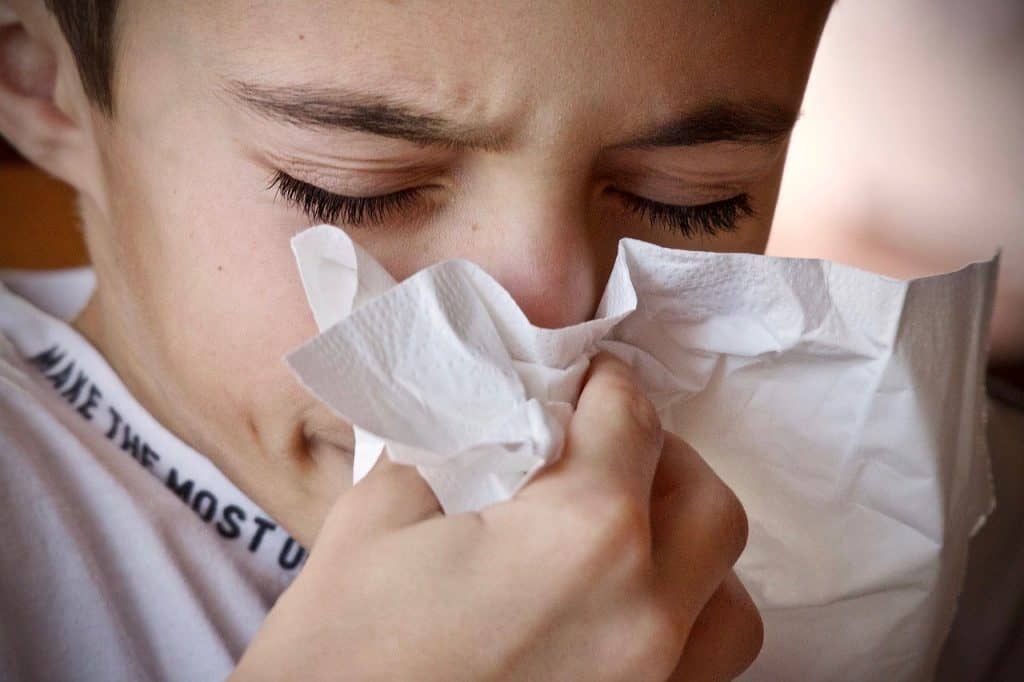 1024w,
1024w,  1080w,
1080w, 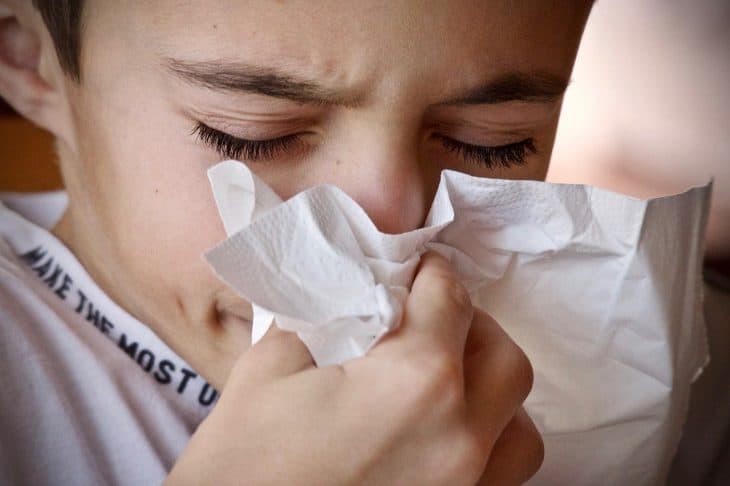 730w,
730w, 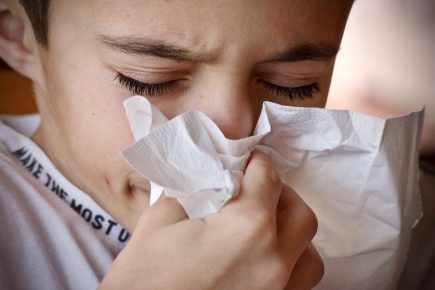 435w" data-src="https://facts.net/wp-content/uploads/2020/02/symptoms-of-coronavirus.jpg" />
435w" data-src="https://facts.net/wp-content/uploads/2020/02/symptoms-of-coronavirus.jpg" />
By coughing or sneezing, an infected person could transmit the disease via close personal contact. Another way is when a person touched a contaminated object or surface and then touched the eyes or mouth afterward.
It is advisable to avoid close contact with people who are showing symptoms.
Other preventive measures that you can do are covering your mouth and nose when sneezing and coughing, properly cooking eggs and meat, and washing your hands regularly.
Diagnosis of coronavirus infections requires special laboratory tests.
These tests involve blood or respiratory samples and are more ideal for people with severe symptoms. In cases of infection from uncommon CoV strains like MERS, the tests should also be recommended.
The Coronaviridae family has a subfamily named Orthocorinavirinae.
Further, this subfamily has four CoV genera classifications namely Alpha-, Beta-, Delta-, and Gammacoronavirus.
4 out of the 7 CoV types cause respiratory infection.
The KHU1, 229E, OC43, and NL63 are more common than you might think. Their effects could range from mild to moderate infections like that of the common cold.
2 out of the 7 CoV types can cause severe respiratory infections.
These are the Severe Acute Respiratory Syndrome coronavirus or SARS-CoV, and the Middle East Respiratory Syndrome coronavirus or the MERS-CoV.
The discovery of the 7th type was not until 2019.
The Novel Coronavirus or COVID-19 first appeared in Wuhan of Hubei Province in China. Until now, public health officials are still figuring out the recently discovered coronavirus and its corresponding infection.
SARS-CoV most likely originated from bats.
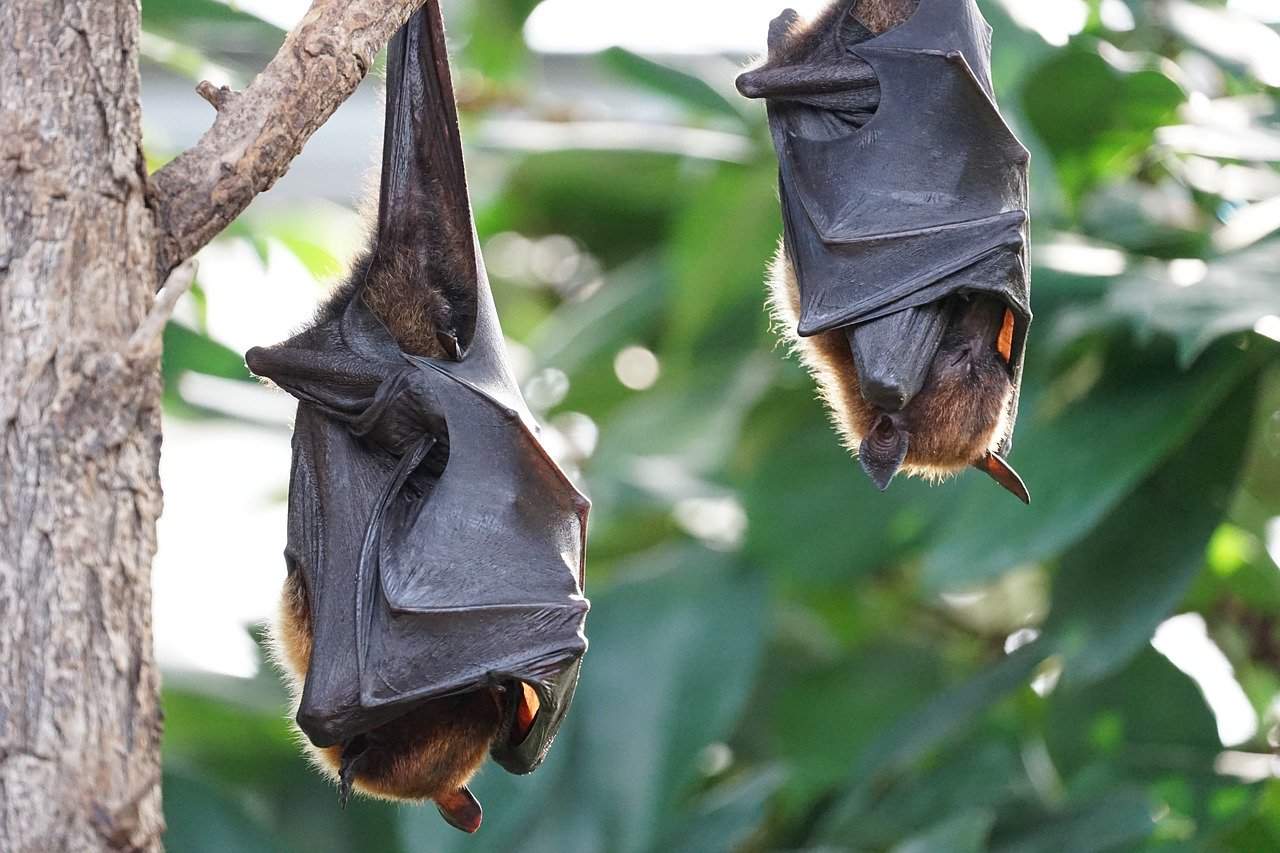
 300w,
300w,  768w,
768w,  1024w,
1024w,  1080w,
1080w, 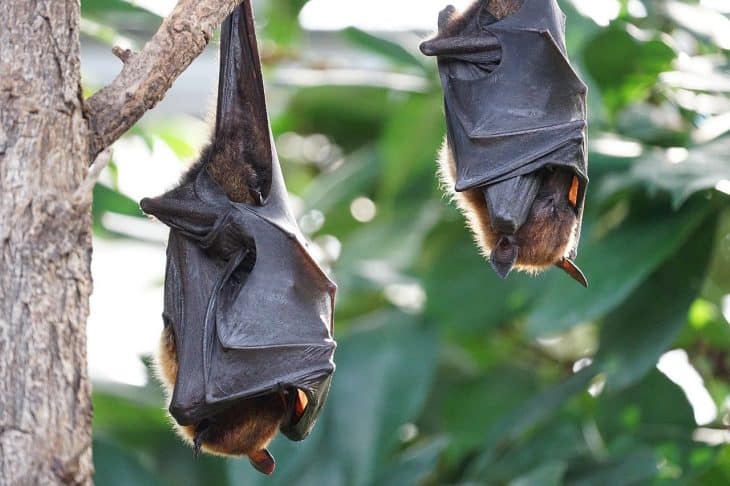 730w,
730w,  435w" data-src="https://facts.net/wp-content/uploads/2020/02/coronavirus-from-bats.jpg" />
435w" data-src="https://facts.net/wp-content/uploads/2020/02/coronavirus-from-bats.jpg" />
Image by Salmar from Pixabay
However, it spread to Chinese ferret badgers, Himalayan palm civets, and raccoon dogs at the Guangdong wet markets. Handlers or consumers got infected as well, further spreading the virus via human-to-human transmission.
Bats reportedly contain a broad range of coronaviruses.
It is crucial in the evolution of viruses, particularly the alpha- and betacoronavirus lineages. Still, there are other animal species that serve as intermediate hosts and animal reservoirs.
MERS-CoV cases trace back to residence or travels in and near the Arabian Peninsula.
First discovered in 2012, this type of coronavirus infection recorded around 2,500 infected people.
The main source for MERS-CoV was dromedary camels.
These virus animal reservoirs served as the intermediate host source for human infections of the same strain. For MERS, there have been no documented human-to-human transmission or community outbreaks apart from close contacts.
The main source for MERS-CoV was dromedary camels.
These virus animal reservoirs served as the intermediate host source for human infections of the same strain. For MERS, there have been no documented human-to-human transmission or community outbreaks apart from close contacts.

 300w,
300w,  768w,
768w,  1024w,
1024w,  1080w,
1080w,  730w,
730w,  435w" data-src="https://facts.net/wp-content/uploads/2020/02/MERS-CoV-from-dromedary-camels.jpg" />
435w" data-src="https://facts.net/wp-content/uploads/2020/02/MERS-CoV-from-dromedary-camels.jpg" />
The majority of MERS-CoV cases sprung from human-to-human infections in healthcare settings.
Whether the transmission is airborne, ingestion or via droplet, the accurate routes are still unclear apart from close contact. Zoonotic infections reportedly came from the consumption of raw camel milk and other camel products.
Read also: 35 Facts About Weird Phobias You Never Knew Existed
MERS-CoV could thrive on plastic and metal surfaces for up to 48 hours.
It represents the universal environmental conditions in indoor spaces like a hospital ward, especially when at 20°C and 40% relative humidity. Also, bacterial culture from air and surfaces show that MERS could survive on surfaces even several days past contact with an infected patient.
The coronaviruses are sensitive to heat.
Ultraviolet light, non-ionic detergents, liquid solvents, and oxidizing agents also affect the virions adversely. Moreover, higher temperatures or increased levels of relative humidity also decrease viability.
